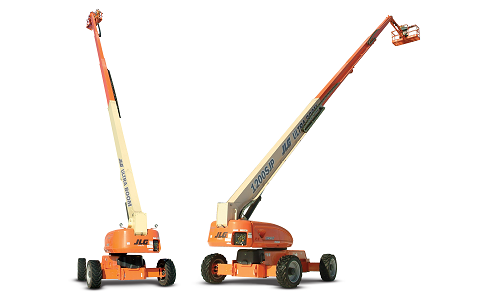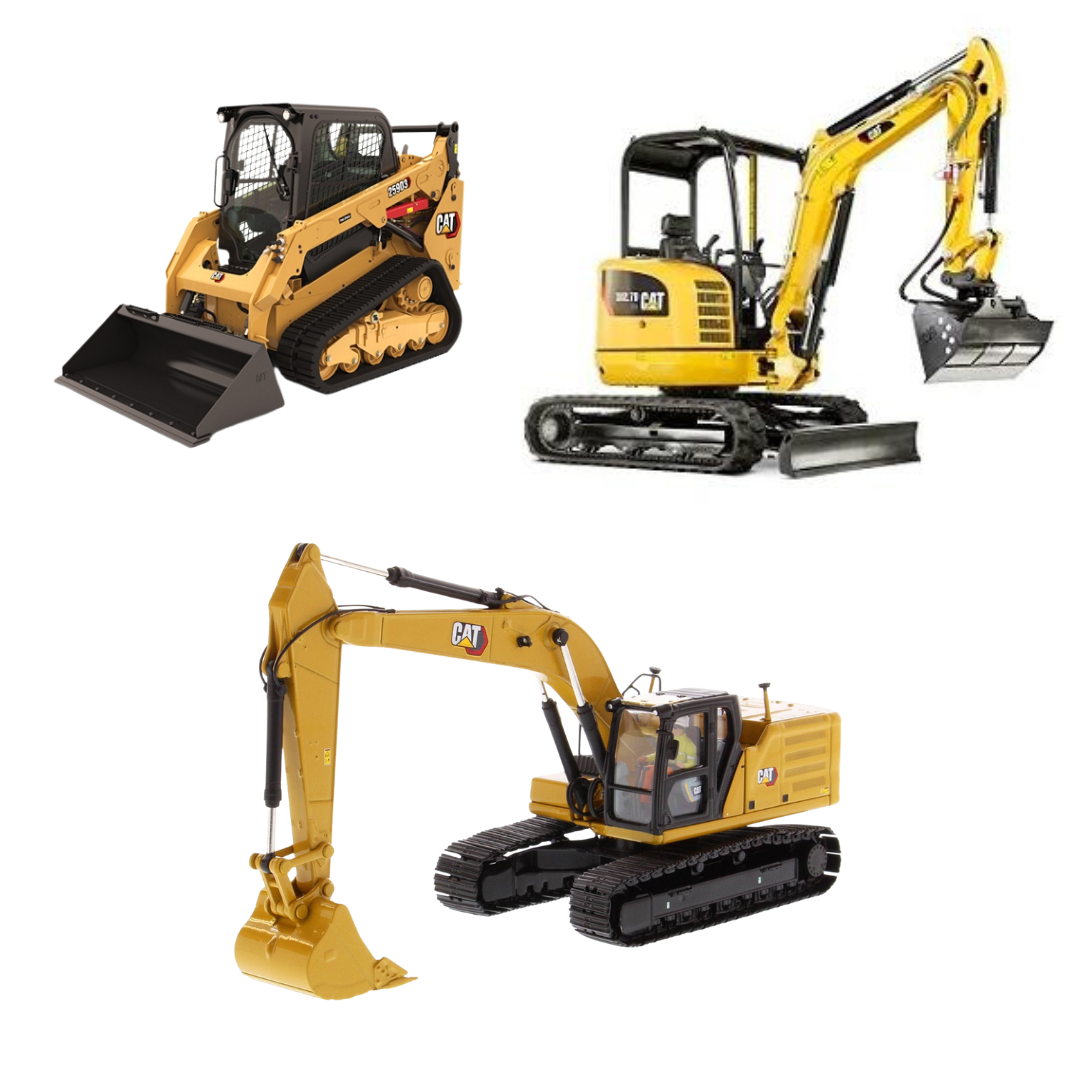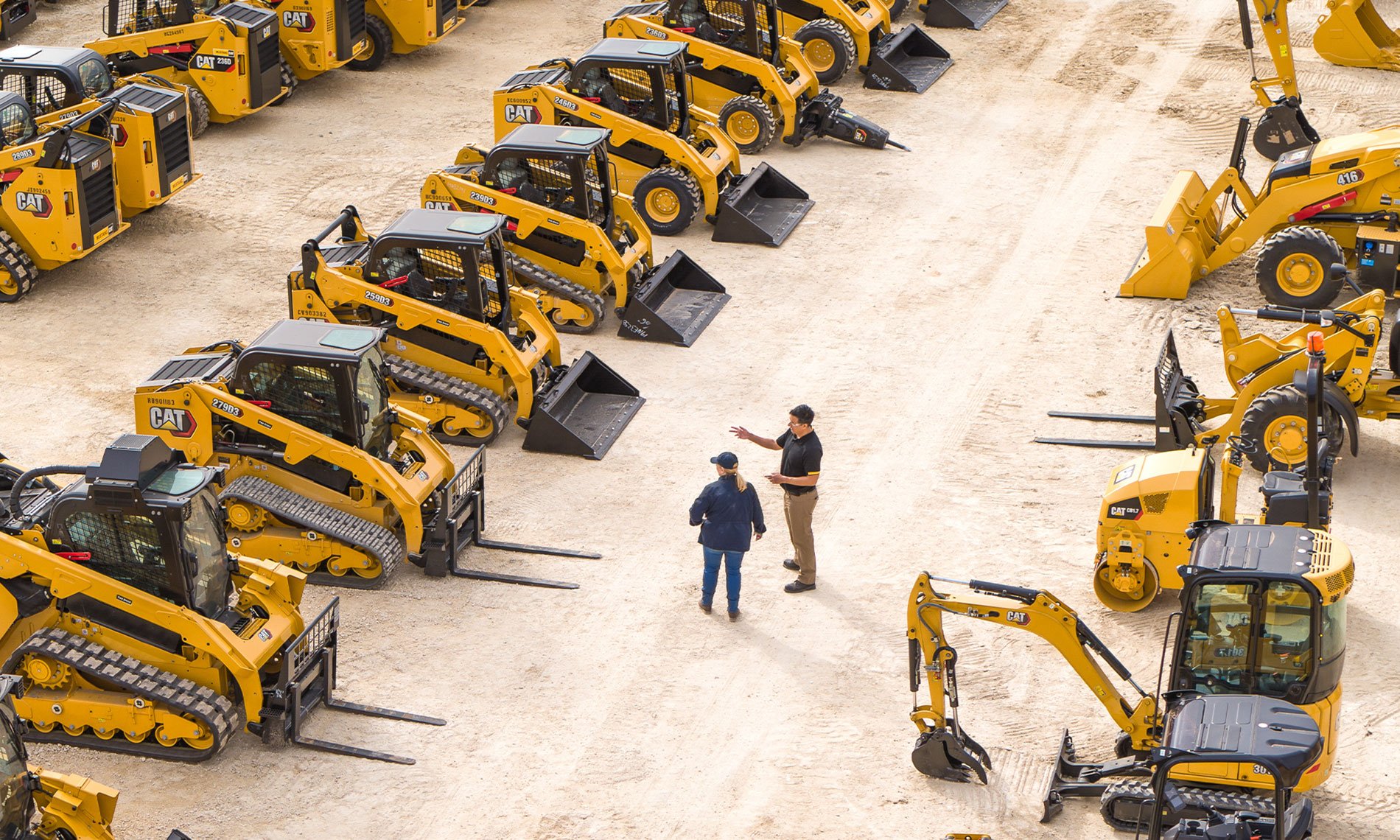Scissor Lift Rental: Safe and Efficient Lifting Solutions
Scissor Lift Rental: Safe and Efficient Lifting Solutions
Blog Article
Optimize Your Budget Plan by Comprehending the Costs Linked With Building And Construction Devices Rentals
Recognizing the full scope of prices associated with building tools rentals is vital for optimizing your budget. What techniques can be used to properly manage these expenses and ensure an extra reliable rental experience?
Introduction of Rental Costs
When thinking about building equipment leasings, understanding the connected costs is critical for effective budgeting and task planning. Rental expenses can vary substantially based on several elements, consisting of equipment kind, duration of service, and place. The first rental fee typically mirrors the devices's market need and its associated operational capabilities, affecting the overall expenditure.
In addition to the base rental rate, ancillary expenses may arise, such as transport charges, fuel surcharges, and maintenance charges. It is vital to make up these added expenditures to precisely evaluate the total price of renting tools. Additionally, the rental period can affect prices; longer rentals may get approved for reduced prices, while short-term services might sustain greater everyday costs.

Breakdown of Rental Rates
A detailed understanding of rental rates is necessary for professionals and project managers aiming to maximize their budget plans. Rental prices for building and construction equipment generally contain numerous components, consisting of base rates, time-based charges, and use costs.
Base rates are the core costs associated with the leasing of the equipment, often figured out by the type and dimension of the machinery. These rates can vary considerably, affected by elements such as equipment need, accessibility, and local market fads. Time-based fees, which might be daily, weekly, or monthly, serve to suit various task timelines and rental durations.
Additionally, rental prices may include usage fees, which apply when devices is used beyond a defined limit, guaranteeing that the rental company can represent wear and tear. Seasonal need variations can likewise influence rental rates, with peak building and construction periods usually regulating higher prices.
Moreover, understanding the rental company's plans regarding maintenance and insurance can provide more understanding right into the general cost framework. By assessing these components, service providers can make enlightened decisions, making sure the option of rental tools aligns with both task requirements and budget plan restrictions.
Extra Fees to Take Into Consideration
Understanding the details of additional charges is important for contractors to manage their overall leasing expenditures efficiently. Beyond the typical rental rates, different auxiliary costs can dramatically affect the total expense of equipment rental. These fees usually include delivery and pickup fees, which can vary based upon range and logistics associated with transporting the tools to and from the work site.
Furthermore, some rental firms might impose fuel additional charges if the tools is returned with less gas than when rented. It is likewise necessary to recognize prospective cleansing fees, specifically for specialized tools that needs extensive upkeep after use.

Extensively examining the rental agreement and clarifying these additional costs ahead of time can help contractors make certain and prevent unanticipated expenses that budgets continue to be undamaged throughout the job lifecycle.
Upkeep and Repair Service Costs
Routine repair and maintenance expenses are frequently neglected factors that can considerably influence the overall cost of construction equipment leasings. When leasing tools, it is essential to consider not only the rental costs yet likewise the potential prices linked with maintaining the equipment in ideal operating problem.
Several rental companies include basic maintenance as component of the rental contract; nevertheless, a lot more substantial repair services or unforeseen failures can bring about extra costs. It's vital to examine the rental agreement carefully to recognize what maintenance services are covered and what responsibilities fall on the tenant.
Furthermore, tools that is not properly maintained can lead to inadequacies on the job website, possibly increasing and causing hold-ups check here job prices. To minimize these dangers, it is a good idea to conduct routine evaluations and keep open communication with the rental company pertaining to any type of problems that develop during use.
Insurance Coverage and Responsibility Expenses
Insurance coverage and responsibility prices are critical components that can dramatically affect the general expenditure of building tools leasings (equipment rental company). These costs make sure that both the rental business and the customer are shielded from prospective financial losses arising from crashes, damages, or burglary throughout the rental duration

In addition, clients should recognize any deductibles or exemptions in the insurance plan, as these can impact prospective out-of-pocket expenditures. Recognizing the terms and conditions of any type of insurance protection is crucial to prevent unexpected prices. Inevitably, budgeting for insurance and liability costs can help guarantee a smoother rental experience and protect against financial risks connected with building and construction jobs.
Conclusion
In final thought, a thorough understanding of the prices linked with building equipment rentals is crucial for efficient budget plan monitoring. Ultimately, notified decision-making regarding devices rentals adds to the overall success of Read Full Report building and construction ventures.
Rental expenses can vary significantly based on several variables, including tools type, duration of rental, and place (scissor lift rental). The rental duration can influence rates; longer services may qualify for reduced prices, while short-term leasings might sustain greater everyday costs
By conducting thorough research and engaging with credible rental companies, professionals can properly browse the intricacies of rental rates, ultimately maximizing their financial sources.
Beyond the common rental rates, different supplemental charges can significantly impact the total cost of equipment leasing. Rental companies frequently supply liability insurance coverage that covers injuries to third events or damages to residential property, while equipment damages insurance policy can cover the expense of repair work or replacement if the rented tools is damaged.
Report this page